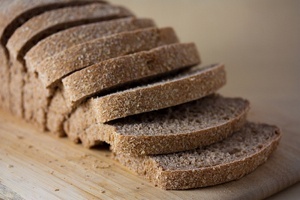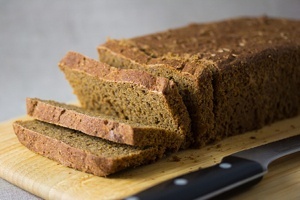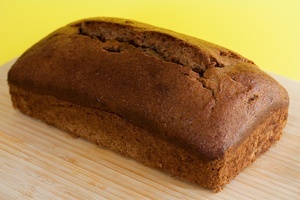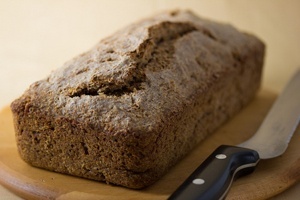Veganbaking.net
Vegan Baking Recipes
Vegan Bread Recipes
Vegan Enriched Bread Recipes
Vegan Yeasted Enriched Bread Recipes
Easy Vegan Rye Bread
Easy Vegan Rye Bread
4
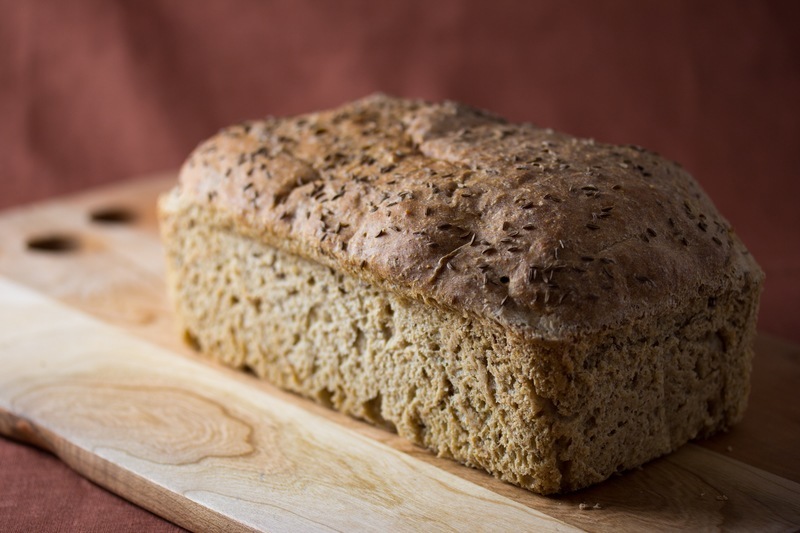
A tough of sugar takes the edge off the bitterness of the rye in this Easy Vegan Rye Bread recipe. Molasses has been added to increase the overall richness of the rye flavor and caraway seeds adds an interesting layer subtle spicy cool to the loaf. Feel free to experiment with these additions and change them if you prefer. The loaf will still turn out roughly the same.
Initially I was intrigued by the flavor of rye breads but intimidated by baking them. How was I supposed to bake flavorful, crusty loafs with most of the leavening-enhancing gluten out of the picture? A little research found that although rye flour contains about the same amount of protein than regular flour, most of this protein isn't from glutenin and gliadin, the two protein compounds that unravel and combine to create gluten when water is added and the mixture is kneaded. What rye flour does contain though are natural gums called pentosans which absorb about 16 times their weight in water. This is the puzzle piece of how these breads are crafted.
The role of pentosans in rye breads
Rye berries do contain small amounts of glutenin and gliadin but just not enough to make a considerable effect in baked goods. Pentosans hydrate and swell which is a contrast to gluten which forms long sticky strands that enforce bread like rebar in concrete. These vegetable gums can become overworked extremely quickly, resulting in an excessively gummy dough that won't hold air bubbles during leavening. The pentosans in rye flour don't aid leavening as effectively as gluten does in wheat flour so I've found an optimal ratio of high-protein bread flour to rye flour so a loaf with respectable rise will still result.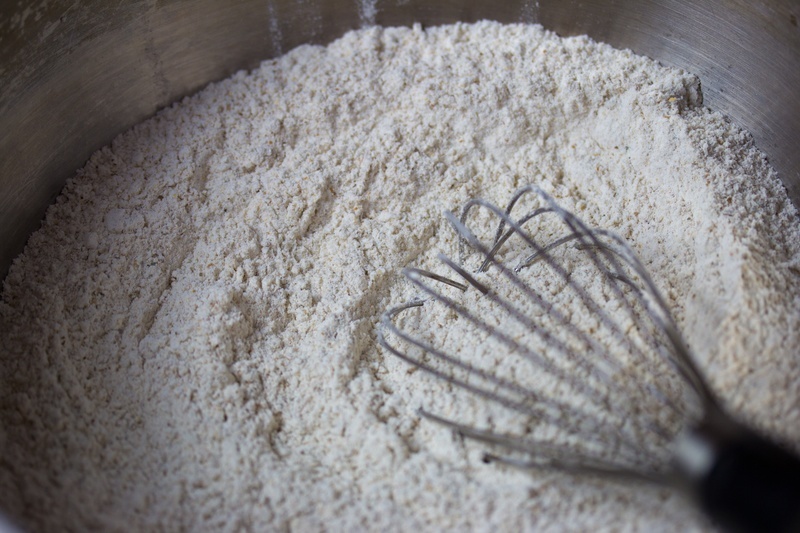
Dark rye flour isn't actually dark. This loaf is slightly golden in color due to the addition of molasses. If you'd like to make a white rye then the molasses can be omitted.
Find more Rye recipes on Veganbaking.net
Easy Vegan Rye Bread Recipe
1 ¾ cups + 3 Tablespoons warm water2 ¼ teaspoons, or one ¼ ounce package active dry yeast
2 ½ cups bread flour
1 ½ cups dark rye flour
1 ¾ teaspoons salt
1 Tablespoon sugar
1 Tablespoon molasses
2 teaspoons caraway seeds



